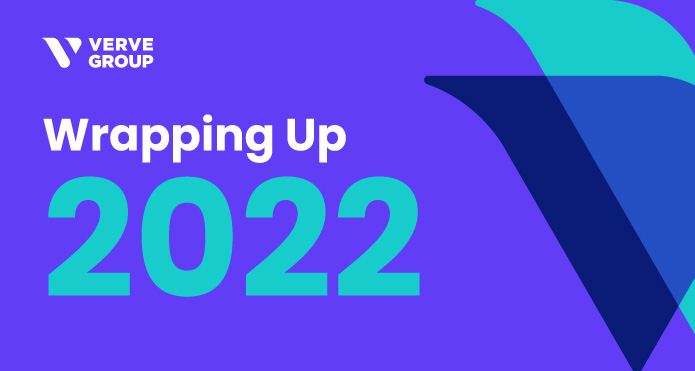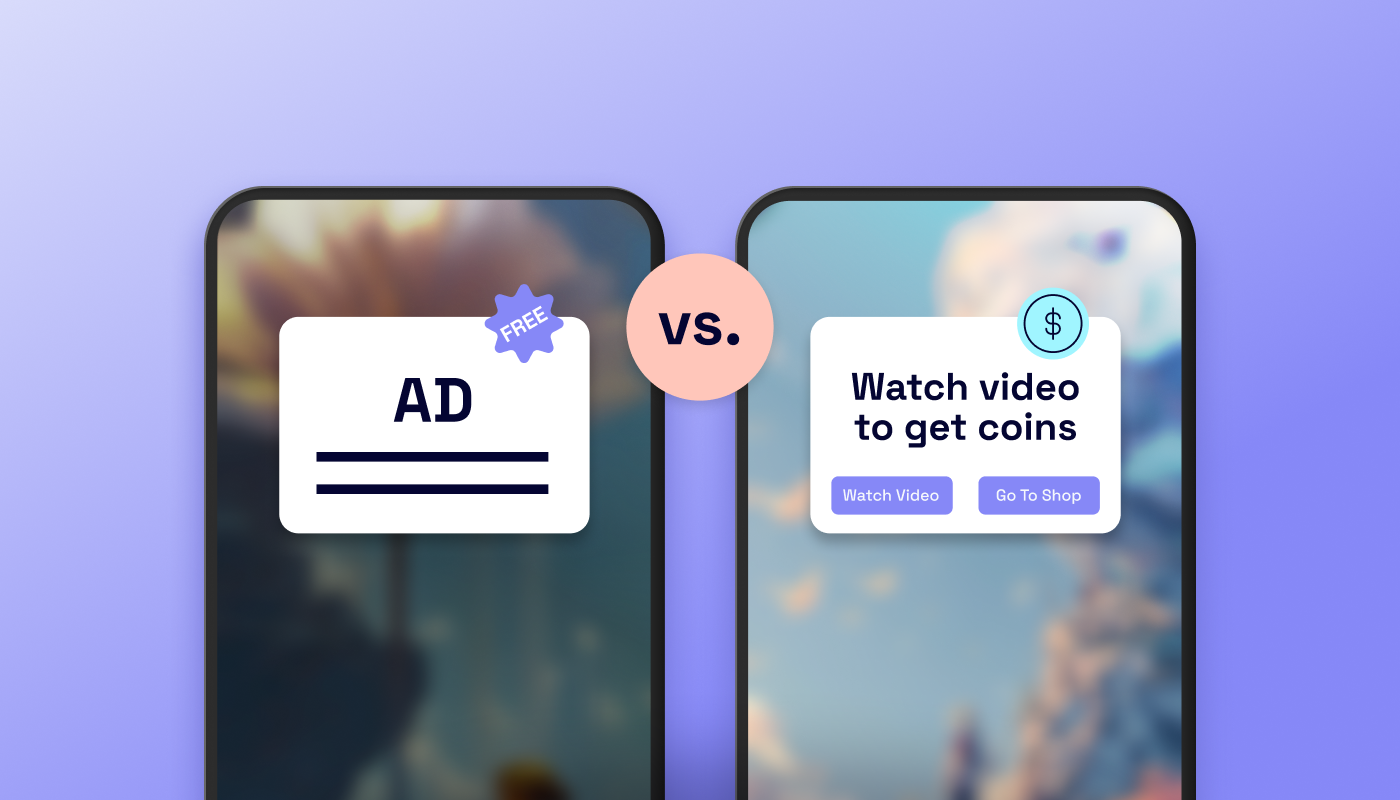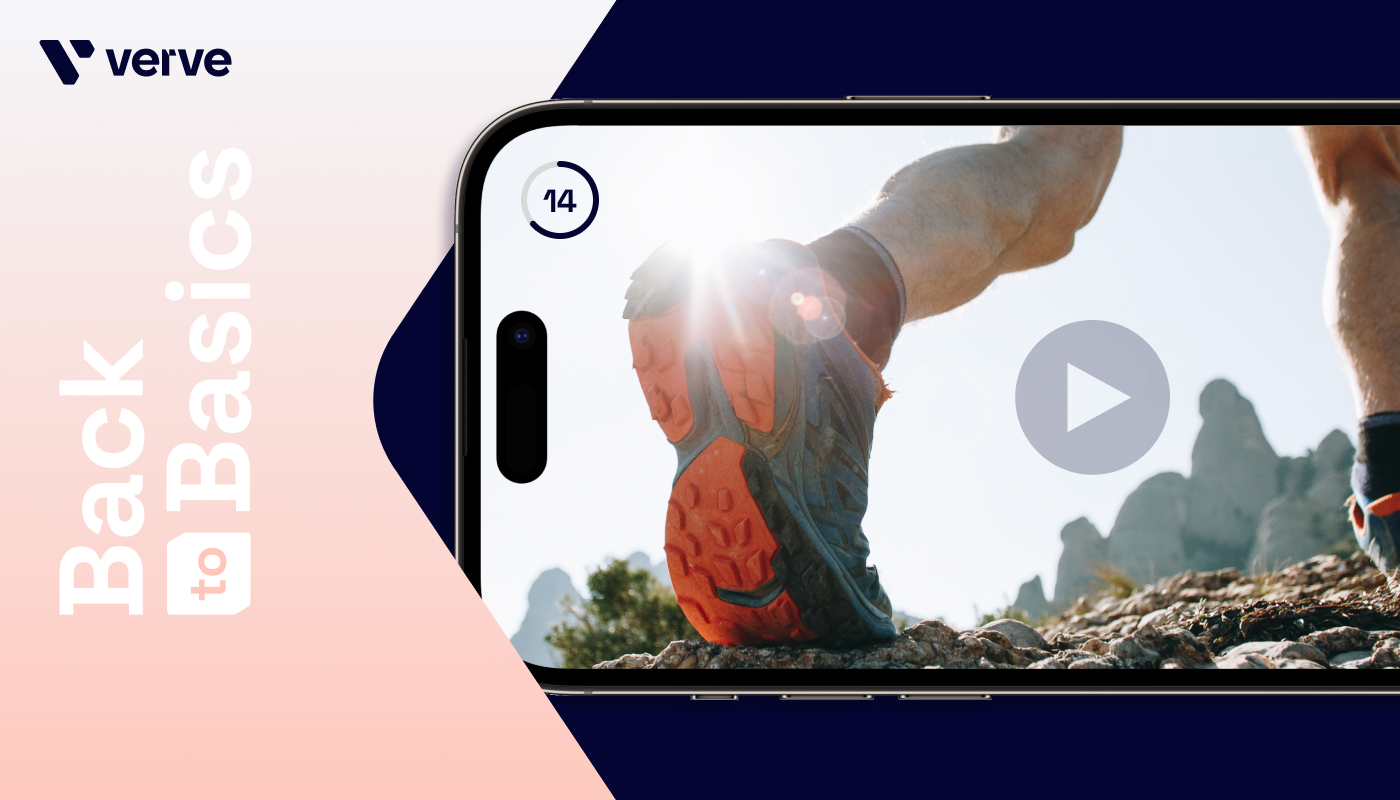What a year! 2022 went by in a flash. Somehow it’s already time to take stock of everything that’s happened in the ad tech world this year. Whether you’re a publisher or an advertiser, we’ve got you covered with a wrap-up of three top trends in ad tech and programmatic advertising for 2022.
🎯 Contextual is key
Sure, contextual marketing can get complicated. But, at the end of the day, contextual does relevancy, privacy, and recency better than traditional ID-based advertising. A fractured media market has created incredible opportunities for advertisers to use contextual targeting to connect with audiences during meaningful, memorable moments.
This is a huge deal, especially for brands trying to reach sports and entertainment fans. Connecting with these fans with traditional tactics like sponsorships has gotten more difficult (and more expensive), making contextual more crucial than ever. More on that:
- The roadblocks of skyrocketing sponsorship costs and shrinking exposure to premium audiences set the stage for Visual Intent, a new offering from Getty Images and Verve. Visual Intent captures and makes the most of memorable moments — fostering positive brand affinity at scale by using cutting-edge AI and leveraging Getty’s stellar editorial content.
- Breakthrough data processing technology from Moments.AI™ scours thousands of premium global publishers and analyzes content the same way a human brain does. This technology makes contextual segments actionable in milliseconds, offering cost-effective and efficient opportunities for brands.
- Advances in contextual marketing are closing the gap for brand safety and suitability.
- Looking for a deeper dive into all things contextual targeting? We’ve got the scoop.
🔒 Doubling down on privacy
We’ll spare you the “cookies crumbling” pun. Keeping ahead of shifting technology and privacy regulations is a competitive advantage for tech companies. A few reasons why:
- We found that 72% of our iOS traffic was sent without an ID. Anonymized Targeting on Mobile, or ATOM, allows advertisers to reach the right consumers despite this challenge.
- Can advertisers re-engage gamers on CTV? Sounds too good to be true, but a new pilot found a privacy-centric way to make it happen.
- Trust and transparency in advertising matter to brands, publishers, and consumers equally.
🙌 Programmatic for all
Programmatic isn’t just for big brands and sophisticated agencies. Paying more for less effective ads on social media and search is pushing advertisers of all sizes to get creative with their ad spends. Leveling the playing field for programmatic advertising has gained real momentum:
- Shopify’s app store now offers Match2One, the first-ever programmatic for eCommerce tool for the online retailing platform.
- Google’s Open Bidding platform improves access and reduces complexity in the global marketplace — and Verve is now integrated as a bidding partner.
What’s Next for Ad Tech in 2023?
At Verve, we’re proud of how we’ve grown during 2022 — and we’re not planning on stopping any time soon.
- In the age of GDPR and a shifting privacy landscape, advertising technology that doesn’t rely on identity and behavioral signals for targeting is a must. That’s why Verve acquired Dataseat, which drives results using exclusively contextual signals. Dataseat created the world’s first fully transparent user acquisition DSP based entirely on contextual signals, and we can wait to see what’s next.
- With a focus on service, innovation, and helping our customers discover more ways to succeed, Verve is prioritizing the growth of teams around the globe. Overall, Verve welcomed over 180 new employees in 2022. (Know any great tech talent? We’re still hiring!)
What ad tech trends impacted you in 2022, and what does 2023 have in store for you? Let’s stay in touch.







